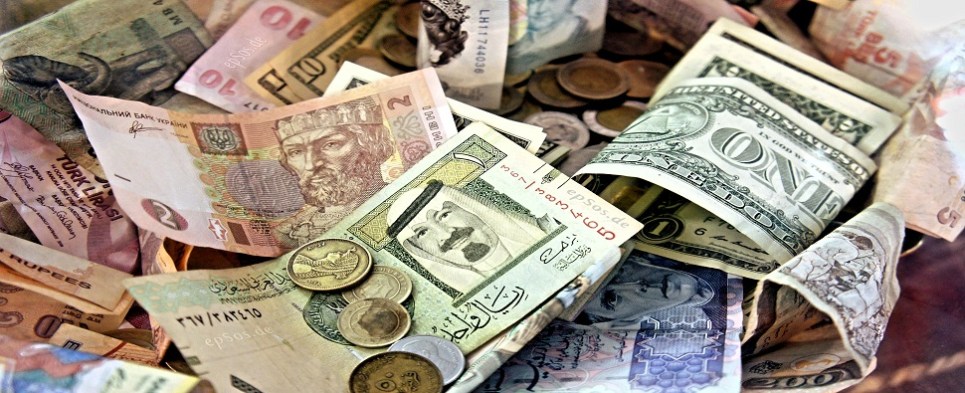How world leaders impact markets
We live in turbulent political times, with the prospect of a trade war, the rise of populist leaders and Brexit all posing a real and present danger to the established world order.
It’s at times like this that the link between politics and economics comes into sharp focus. With political matters precarious, it’s no exaggeration to say that the fate of businesses rests in the hands of world leaders and their ability to navigate a course through choppy waters.
But how much power and influence do individual leaders have? What is the fallout from a tweet from Donald Trump, a speech from Theresa May or a snap election from Shinzo Abe?
Forex experts DailyFX have taken these questions and used them as the basis for a new research project. Looking at 59 key dates for six major world leaders it assessed the impact of their words and actions on the value of their respective currencies.
Browse the results to find out which events had the biggest impact—and which were merely measured in terms of their political fallout. To access the interactive information, click here.






Leave a Reply